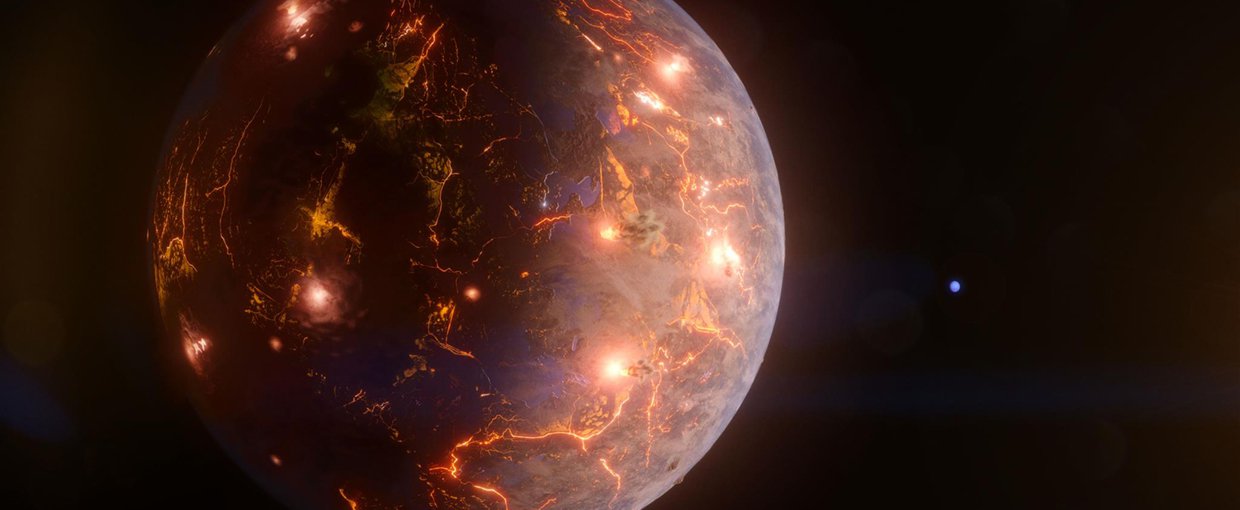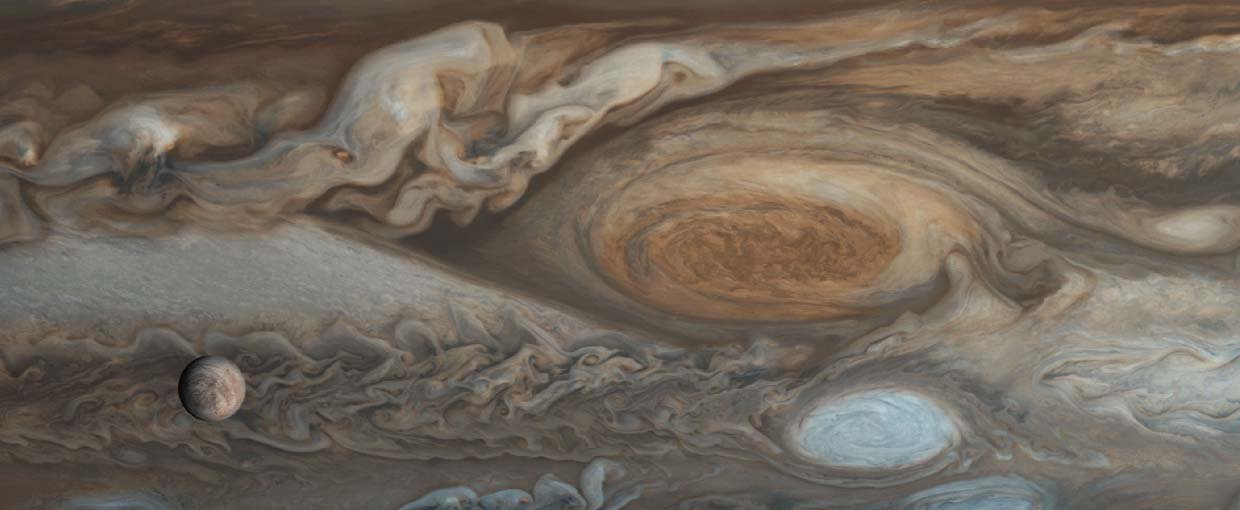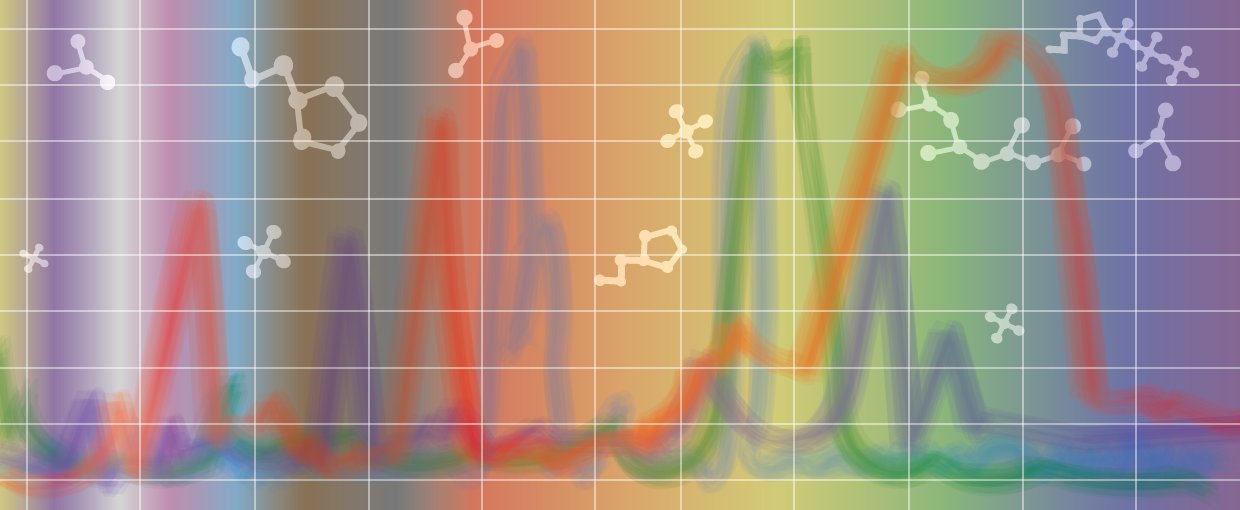Aspin, C., & Reipurth, B. (2009). The Astronomical Journal, 138(4), 1137–1158. doi:10.1088/0004-6256/138/4/1137
Batygin, K., Bodenheimer, P., & Laughlin, G. (2009). The Astrophysical Journal, 704(1), L49–L53. doi:10.1088/0004-637x/704/1/l49
Blothe, M., & Roden, E. E. (2009). Applied and Environmental Microbiology, 75(21), 6937–6940. doi:10.1128/aem.01742-09
Boardsen, S. A., Slavin, J. A., Anderson, B. J., Korth, H., & Solomon, S. C. (2009). Geophysical Research Letters, 36(18), None. doi:10.1029/2009gl039525
Cockell, C. S., Kaltenegger, L., & Raven, J. A. (2009). Astrobiology, 9(7), 623–636. doi:10.1089/ast.2008.0273
Connelley, M. S., Reipurth, B., & Tokunaga, A. T. (2009). The Astronomical Journal, 138(5), 1193–1202. doi:10.1088/0004-6256/138/5/1193
Elsila, J. E., Glavin, D. P., & Dworkin, J. P. (2009). Meteoritics & Planetary Science, 44(9), 1323–1330. doi:10.1111/j.1945-5100.2009.tb01224.x
Fares, R., Donati, J-F., Moutou, C., Bohlender, D., Catala, C., Deleuil, M., … Shkolnik, E. (2009). Monthly Notices of the Royal Astronomical Society, 398(3), 1383–1391. doi:10.1111/j.1365-2966.2009.15303.x
Hodyss, R., Parkinson, C. D., Johnson, P. V., Stern, J. V., Goguen, J. D., Yung, Y. L., & Kanik, I. (2009). Geophysical Research Letters, 36(17), None. doi:10.1029/2009gl039336
Hollenbach, D., & Gorti, U. (2009). The Astrophysical Journal, 703(2), 1203–1223. doi:10.1088/0004-637x/703/2/1203



